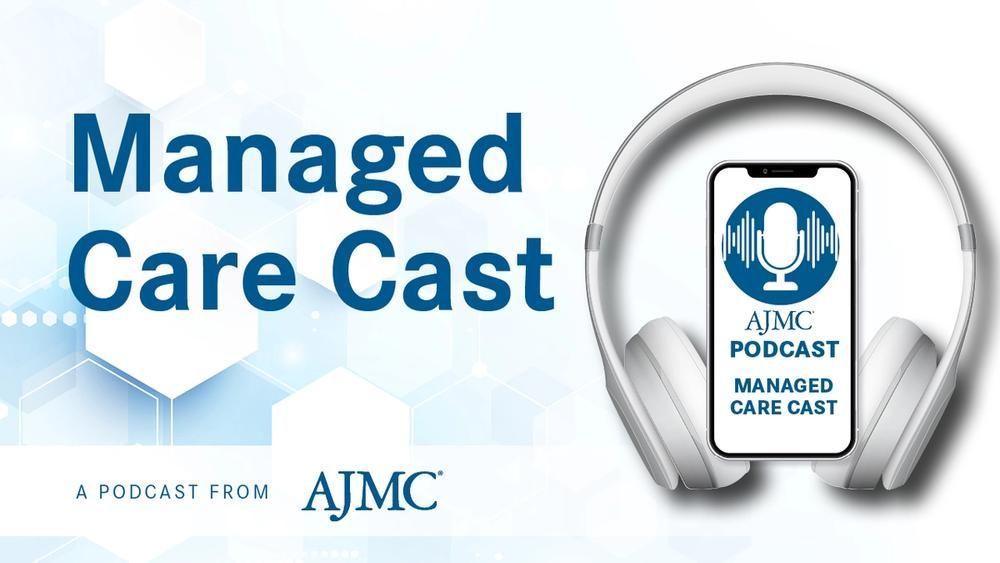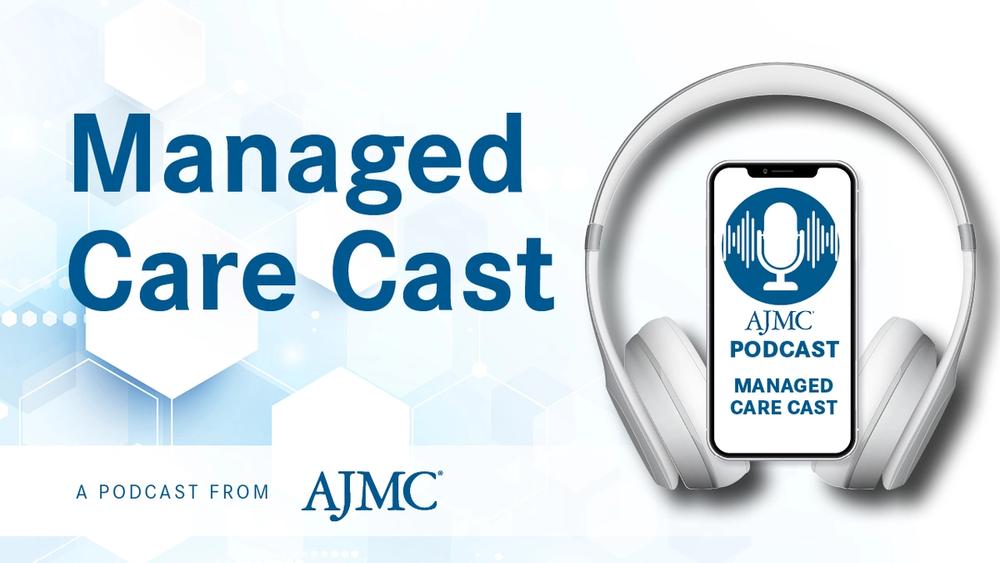News
Article
HIV Prevention Interventions Beneficial When Delivered Through Facebook
Author(s):
Key Takeaways
- Rural Appalachian women face increased HIV risk due to opioid and polysubstance use, necessitating novel intervention delivery methods.
- Facebook was used as a platform for delivering HIV prevention interventions, showing promise in reducing risky behaviors.
Women living in rural Appalachia who are at high-risk of HIV had effective interventions delivered through Facebook.
New intervention delivery methods could help spark a decrease in the incidence of risky behaviors tied to HIV, according to a new study in Journal of Appalachian Health.1 The use of Facebook among rural Appalachian women who used drugs was found to be a novel way of approaching reducing risk-based behaviors.
Women living in rural Appalachia have an overall increased risk of HIV due to the increased opioid and polysubstance use in their area.2 Rural communities also have less access to treatment for substance abuse or HIV due to isolation and lower socioeconomic status, necessitating different means of delivering this type of care.3 Technology can be utilized for delivery of interventions and other services for HIV, specifically through social media. Research on how Facebook, a preferred social media platform in this demographic, can be used to expand interventions for HIV prevention is limited. This study aimed to examine short-term outcomes in women from Appalachia who participate in an intervention on preventing HIV through Facebook.
The data used for this study were from the National Institute on Drug Abuse (NIDA) feasibility pilot study on the delivery of HIV interventions, and collected between June 2019 and April 2022 and all participants were from 2 jails in rural Appalachia. Participants needed to have a self-reported HIV risk behavior within the previous 3 months; have a moderate substance use risk based on the Alcohol, Smoking and Substance Involvement Screening Test; have self-reported negative status for HIV; be a resident of a Appalachian county prior to their jail time; be a regular user of Facebook; and have given their consent to participate.
Receiving interventions through Facebook helped women living in Appalachia. | Image credit: SeanPavonePhoto - stock.adobe.com

All participants completed an interview conducted face-to-face through either an in-person interview or through video. All participants were split into 2 groups, with 1 being given NIDA standard interventions alone and the other being given the Facebook NIDA standard. All participants were followed for 3 months after their release to collect data, and completed a follow-up interview. Age, education, employment, income, relationship status, sexual orientation, and homelessness were assessed at baseline. Participants were also asked how they accessed the internet, and about substance use and risky sex practices.
There were 50 women included in the final analysis who had a mean age of 36 years and mean education of 12.2 years. A total of 76.0% were heterosexual, 18.0% were married, and 6.0% were employed before they were in jail. A smartphone was the primary means of accessing the internet for 86.0% of participants. The NIDA standard–only group had more average years of education and were more likely to identify as heterosexual.
All participants reported illicit drug use, and 92.0% reported using drugs before their last sexual encounter. After the intervention and release from jail, these numbers decreased to 52.0% reporting drug use and 32.0% reporting using drugs prior to their last sexual encounter. Injection drug use also decreased from 70.0% to 28.0%.
The Facebook NIDA standard group had fewer individuals using drugs (44.4% vs 60.9%) and using drugs before their previous sexual encounter (29.6% vs 34.8%) compared with the NIDA standard–only group, but these differences were not statistically significant.
There were some limitations to this study. Generalizability was limited due to the specialized cohort of women in Appalachia, and selection bias could be possible due to all participants needing to volunteer for the study. All data were self-reported, which could have introduced social desirability bias or concern over private data. Recall bias was possible due to women having to provide data on their time prior to incarceration. Only part of the cohort was exposed to the Facebook NIDA standard intervention, which indicates that future studies need to be conducted to explore the efficacy.
The researchers concluded that the study “demonstrated reductions in overall risk behavior among rural Appalachian women following their participation in this re-entry HIV prevention intervention delivered via Facebook and face-to-face.” Although the differences between the groups were not significant, it is promising that the group using the Facebook intervention had slightly more improvement by way of less drug use and drug use before a sexual encounter, indicating that continued research into this area is worthwhile.
References
1. Dickson MF, Pike E, Staton M. Comparative outcomes following randomization to a pilot Facebook-based HIV prevention intervention among Appalachian women involved in the criminal legal system. J Appalach Health. 2025;6(4):81-96. doi:10.13023/jah.0604.07
2. Lutton L. HIV epidemic similarities between South Africa and Appalachia. Managed Healthcare Executive®. August 6, 2024. Accessed February 5, 2025. https://www.managedhealthcareexecutive.com/view/hiv-epidemic-similarities-between-south-africa-and-appalachia
3. Rural health disparities. Rural Health Information Hub. Updated November 12, 2024. Accessed February 5, 2025. https://www.ruralhealthinfo.org/topics/rural-health-disparities





